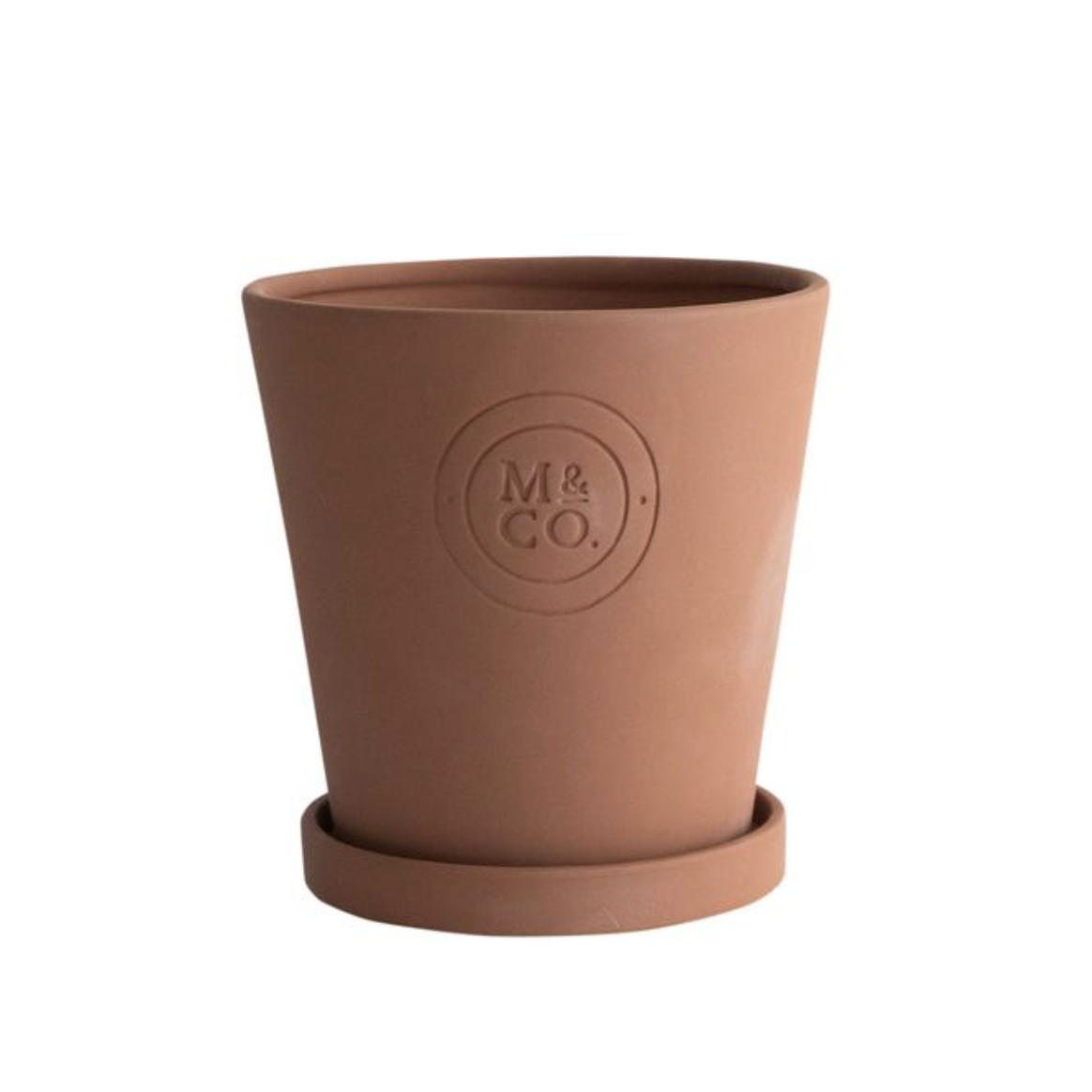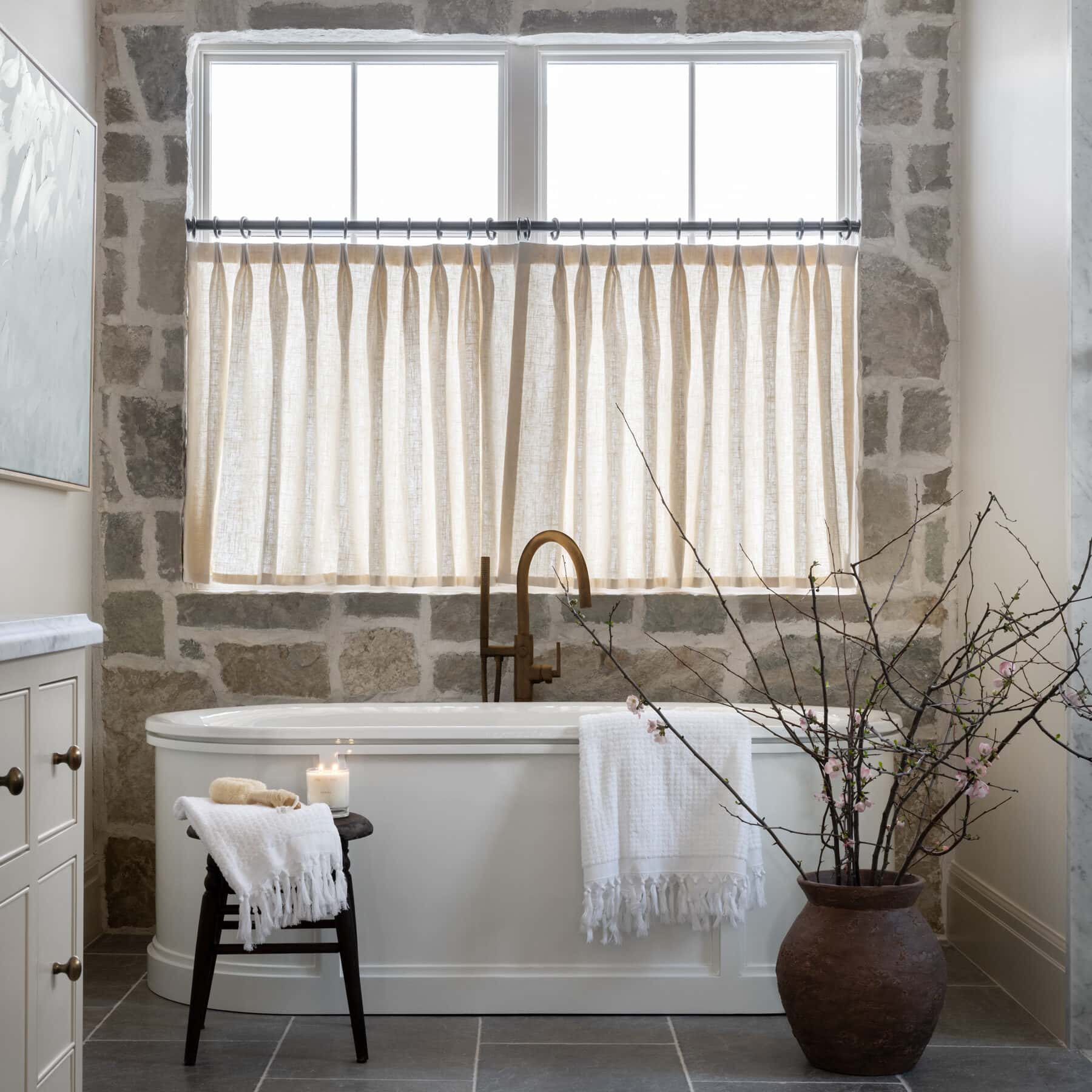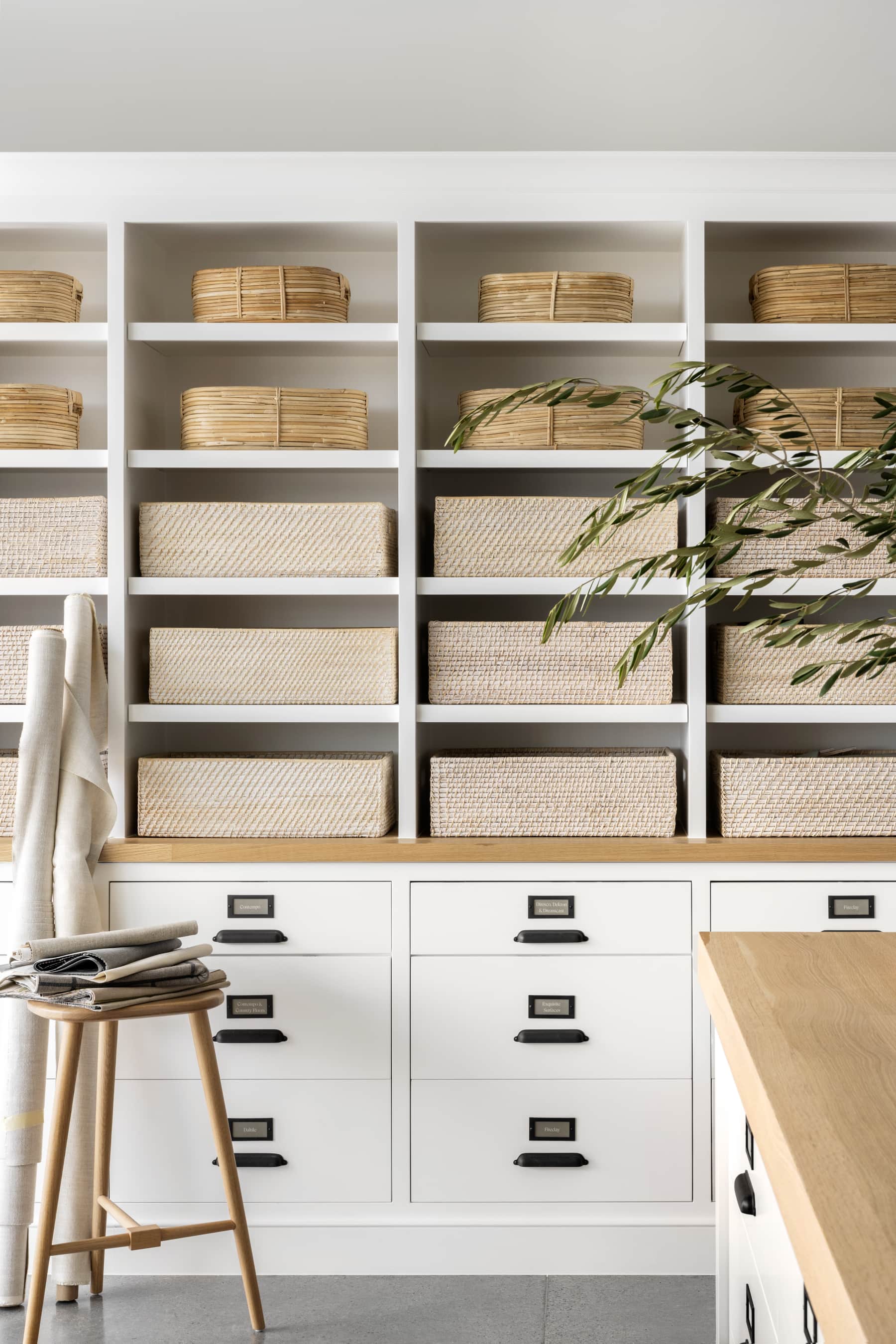
Our Guide To Keeping Indoor Plants Healthy
Green thumb, anyone?
27 April 2021 -
Chances are, your house plants could use a little love.
We love incorporating greenery in our designs to bring a space to life, but keeping indoor plants healthy can be easier said than done.
Although a green thumb doesn’t develop overnight, you can keep your plants happy and beautiful year-round with a few simple tips.
Here is our guide to keeping indoor plants healthy:

No. 1: Watering
No two plants are the same, and neither are their watering schedules. And while you’ll need to study up on each houseplant you own, a general rule of thumb is to try and water your plants relative to their natural environments.
In other words, a plant that comes from a rainforest environment will likely need more moisture than a plant that comes from an arid desert environment. Wilting is the easiest way to tell that your plant isn’t getting enough water but be sure not to overwater as that is one of the most common ways houseplants die.
Other Keys to Success:
– Avoid hard or softened water. Opt for regular tap water or if you’re feeling extra fancy, bottled water.
– Be aware of seasonal changes. Most plants require more watering in the spring/summer months and far less during the fall/winter seasons.
– Test the soil for moisture by touching the surface and even an inch or two below. If it’s still moist, your plant likely does not need any more water.
– Know your climate. Some parts of the country and even homes are more humid than others. This should also be considered when evaluating how much water a plant might need than its natural habitat.

No. 2: Pruning
Trimming and pruning can be necessary to help maintain the structure and shape of your houseplants. Pruning can be an easy way to keep your plant healthy (a dying Fiddle Leaf Fig, for example, can sometimes be revived by chopping off the top of the plant).
The best time to prune your houseplants is typically winter after a plant has flowered. Pruning a plant in spring might ruin the appearance of your plant and any budding that is soon to come. Research each plant individually as some plants (like Palms) can be killed by over-pruning!

No. 3: Dusting
Dusting helps the leaves absorb more sunlight. You can wash smaller plants gently with lukewarm water and larger ones with a damp cloth.
If some of your smaller plants are too fragile to be directly sprayed down or washed, you can turn them upside down and swish them in the water. When you do this, make sure to spray the soil down to help prevent it from spilling it out and slowly turn it to see if the dirt is stable.
Note: Fuzzy plants like African Violets require a little extra care and may require you to clean them with a brush (toothbrush, paintbrush or mushroom brush).
No. 4: Potting
Simply put, larger plants need larger containers, and smaller plants need smaller containers. It’s also important to choose a container with a drainage hole so that excess water has somewhere to escape instead of causing root rot! When using a container with a drainage hole, make sure to invest in a saucer to place beneath the plant so that water doesn’t leak onto your beautiful wood floors or carpet.
Whether your plant starts dying after just watering it, or it’s apparent your container is becoming too small–sometimes repotting is necessary. If you own larger plants (trees), you might consider top-dressing. To top-dress, scrape and remove an inch of topsoil and replace it with a fresh mix.
If you choose a planter style without a drainage hole for aesthetic reasons like a wicker basket or other decorative planter, opt for placing your breathable pot and saucer inside the container.


Our Guide To Keeping Indoor Plants Healthy

McGee & Co. Planter

Composite Hickory Planter

Earthy Textured Pot

White Composite Planter

McGee & Co. Terracotta Planter
No. 5: Sunlight
Getting to know each plant individually is especially important for sunlight. Too much sunlight can cause plants like Ferns to yellow, while other plants like Succulents need a good six-hour sunbath each day.
Consider the type of plant, the direction of light, amount of light, and type of light (indirect vs. direct) when deciding where to place your plant.

No. 6: Feeding
Most indoor plants do fine with an all-purpose mix when it comes to soil. Adding plant food can help ensure your plants’ health by providing the soil with nutrients that feed your plants.
Try and give your plants food every other watering during spring/summer and every fourth watering during the fall/winter months. If that’s too difficult to remember, try to remember that plants require more water and nutrients during their growing seasons than fall/winter.
It’s best to be conservative when applying fertilizer to not “burn” your plants. Some go as far as diluting their fertilizer with water, sometimes halving the recommended dosage. Some species like cacti, succulents, and orchids have specialized solutions geared toward their particular needs.
Save or pin our plant guide below for future reference!
























































